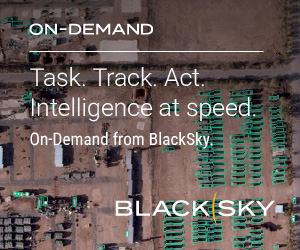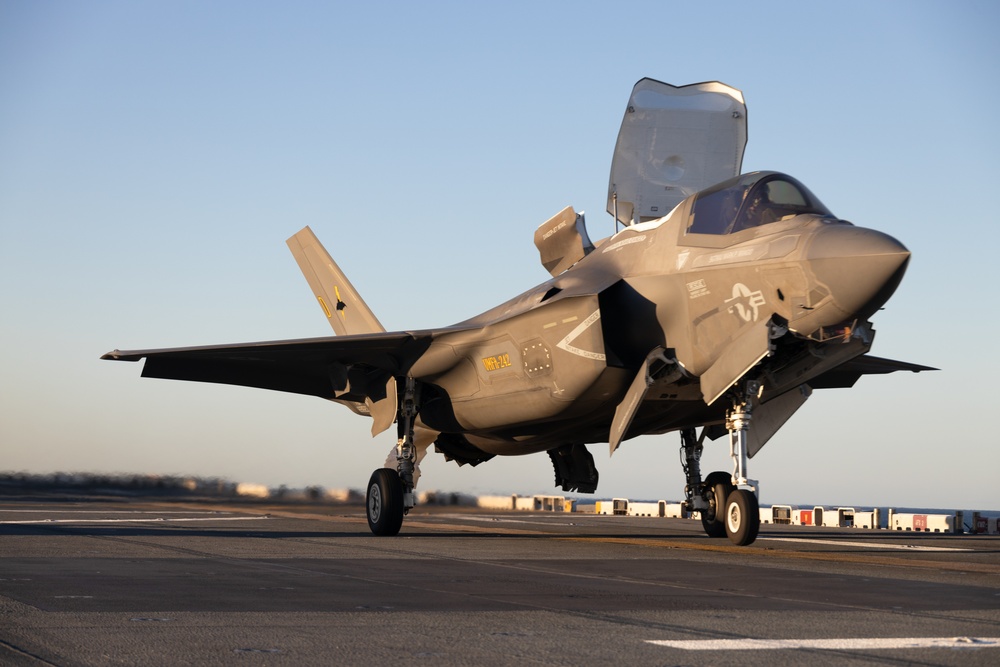The signed Grant Agreements reaffirm the EDF contribution to EU’s strategic autonomy and strengthening of the European defence technological and industrial base. The scope of new projects confirms the broad involvement of the EU defence industry. The consortia involved in the 37 projects bring together 486 unique entities from 26 Member States and Norway. The involvement of European SMEs in this second round of the EDF represents 37% of all entities. The new projects are implemented by consortia, encompassing large industries, SMEs, midcaps and Research and Technology organisations, and covering all calls and topics of EDF 2022.
The new R&D projects will help further develop the EU’s high-end defence capabilities in critical areas such as naval, ground, and air combat, space-based early warning and cyber. For example, in the Naval field, the EUROGUARD project will build a vessel capable of a range of different autonomous operations in coastal areas. In the Air category, the project REACT II will improve the resilience and management of electronic warfare. In the space domain, ODIN’S EYE II, will build on the progress on space-based missiles early warning and will gather industry from 14 EU Member States and Norway to increase European capability in this area. The EDF will also directly contribute to cyber defence with three specific R&D projects that will develop cutting-edge capabilities in the domain of cyber and information warfare; develop a common toolbox for cyber physical testing with a common architecture and environment and design an integrated cyber situational awareness platform.
A number of new EDF projects will target disruptive technologies for defence – focusing on additive manufacturing, adaptive camouflage for protection of land forces, the first EU quiet hypersonic wind tunnel and critical components for electromagnetic gun. Electromagnetic gun is expected to complement other defensive armament and could be adapted to various naval platforms and land-based air defence systems.
For a first time, five of the signed grant agreements will be implemented as Technological Challenge, where funding is provided to HiTDOC, a consortium organising the Challenge, and four participating teams – AIDEDex, CONVOY, DeterMine and TICHE. Over the next four years, the teams will address technological solutions to detect and characterise improvised explosive devices (IEDs) and landmines in complex environments, using a combination of advanced sensors, information fusion, and unmanned ground and aerial systems to extend detection capabilities. These solutions will be regularly evaluated in the testing environment. This funding approach is implemented to strengthen civil-defence R&D synergies.


























